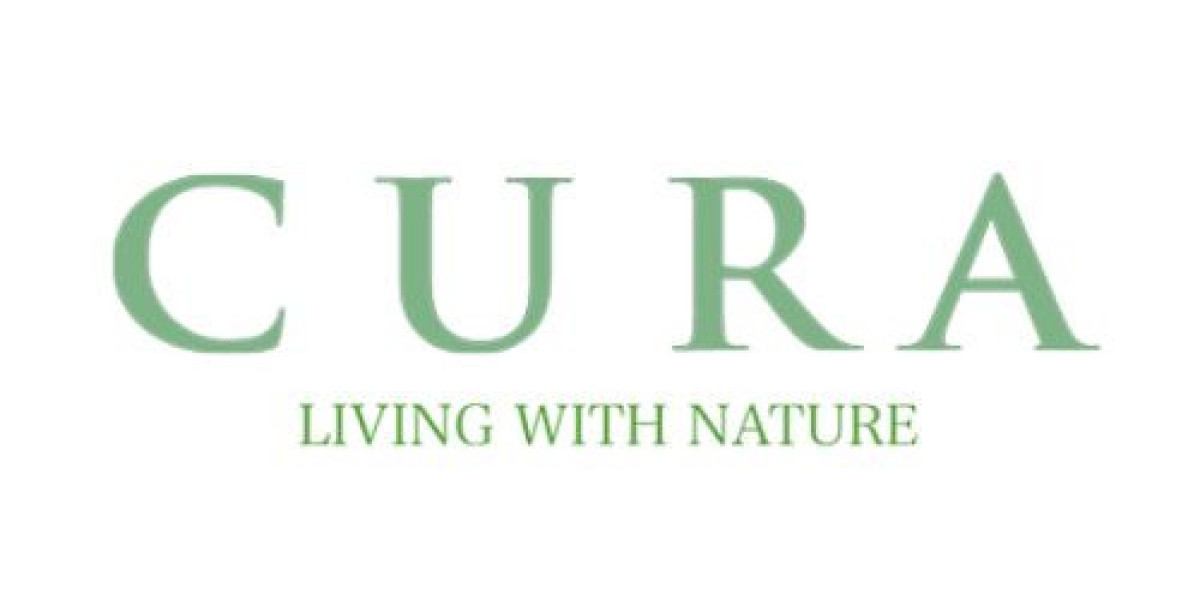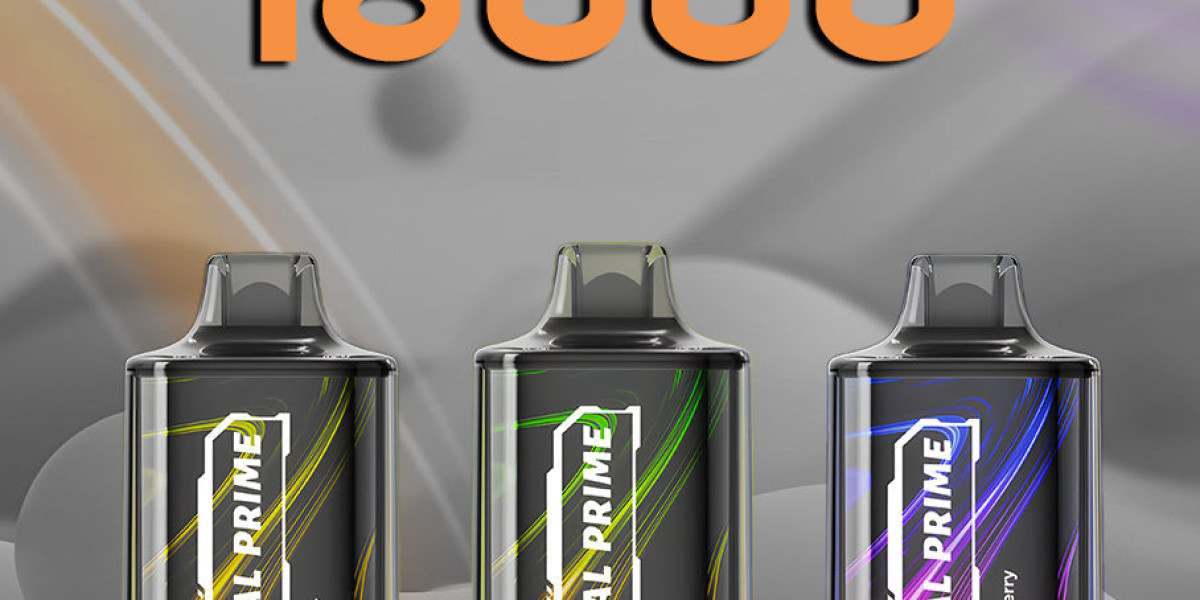Laser cleaning machines are transforming industrial and commercial cleaning practices with their efficiency, precision, and environmental benefits. These machines utilize laser beams to remove contaminants, coatings, rust, or residues from surfaces without damaging the underlying material. Here's an in-depth exploration of the advantages and applications of laser cleaning machines compared to traditional methods.
Advantages of Laser Cleaning Machines
Non-Destructive Cleaning
Laser cleaning is a highly controlled process. The laser selectively interacts with contaminants, leaving the base material unharmed. This feature is particularly advantageous for delicate or expensive materials, such as historical artifacts, aerospace components, or precision equipment.Eco-Friendly
Unlike traditional methods that rely on chemicals, abrasives, or blasting media, laser cleaning requires no consumables and produces minimal waste. The residue removed is usually vaporized or collected as a fine dust, reducing environmental impact and the need for post-cleaning disposal.Cost-Effective in the Long Term
While the initial investment in a laser cleaner might be high, its operational costs are significantly lower. The absence of consumables, reduced maintenance requirements, and faster cleaning times contribute to substantial savings over time.Precision and Versatility
Laser cleaning can be fine-tuned for various materials and contamination levels, offering unparalleled precision. It is effective for cleaning rust, grease, paint, and even microscopic residues without the risk of over-cleaning or damaging the surface.Improved Safety
Traditional methods often expose workers to harmful chemicals, dust, or debris. Laser cleaning, on the other hand, minimizes these risks. With proper safety measures like protective goggles and enclosed setups, the process is far safer for operators.Time Efficiency
Laser cleaning is significantly faster for many applications compared to manual scrubbing, chemical cleaning, or abrasive blasting. It allows for streamlined operations, especially in industries where downtime can be costly.
Applications of Laser Cleaning Machines
Industrial Maintenance
Laser cleaning is widely used in removing rust, oil, and other contaminants from machinery and tools. It extends the life of equipment and ensures optimal performance.Surface Preparation
Industries such as automotive and aerospace rely on laser cleaning to prepare surfaces for welding, coating, or bonding. The precise cleaning ensures better adhesion and improved quality.Restoration of Artifacts
Conservators use laser cleaning to restore historical artifacts, sculptures, and paintings. It gently removes dirt, corrosion, or old coatings while preserving the integrity of the artifact.Automotive and Aerospace Sectors
In these sectors, laser cleaning is used to clean molds, remove paint or coatings, and prepare surfaces for repair or maintenance. It ensures high precision and consistency.Electronics Manufacturing
Laser cleaning is essential for cleaning delicate components like printed circuit boards (PCBs), where traditional methods might damage sensitive parts.Nuclear and Hazardous Material Cleanup
Lasers are ideal for decontaminating surfaces exposed to radiation or hazardous materials, as the process minimizes the spread of contaminants.
In conclusion, laser cleaning machines are revolutionizing cleaning processes across industries. Their efficiency, safety, and eco-friendly nature make them a superior alternative to traditional methods, ensuring cleaner results with reduced operational costs and environmental impact.








